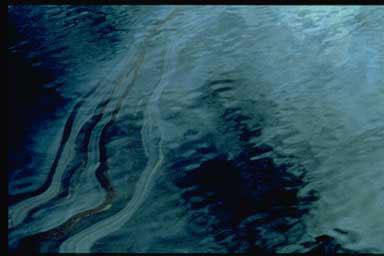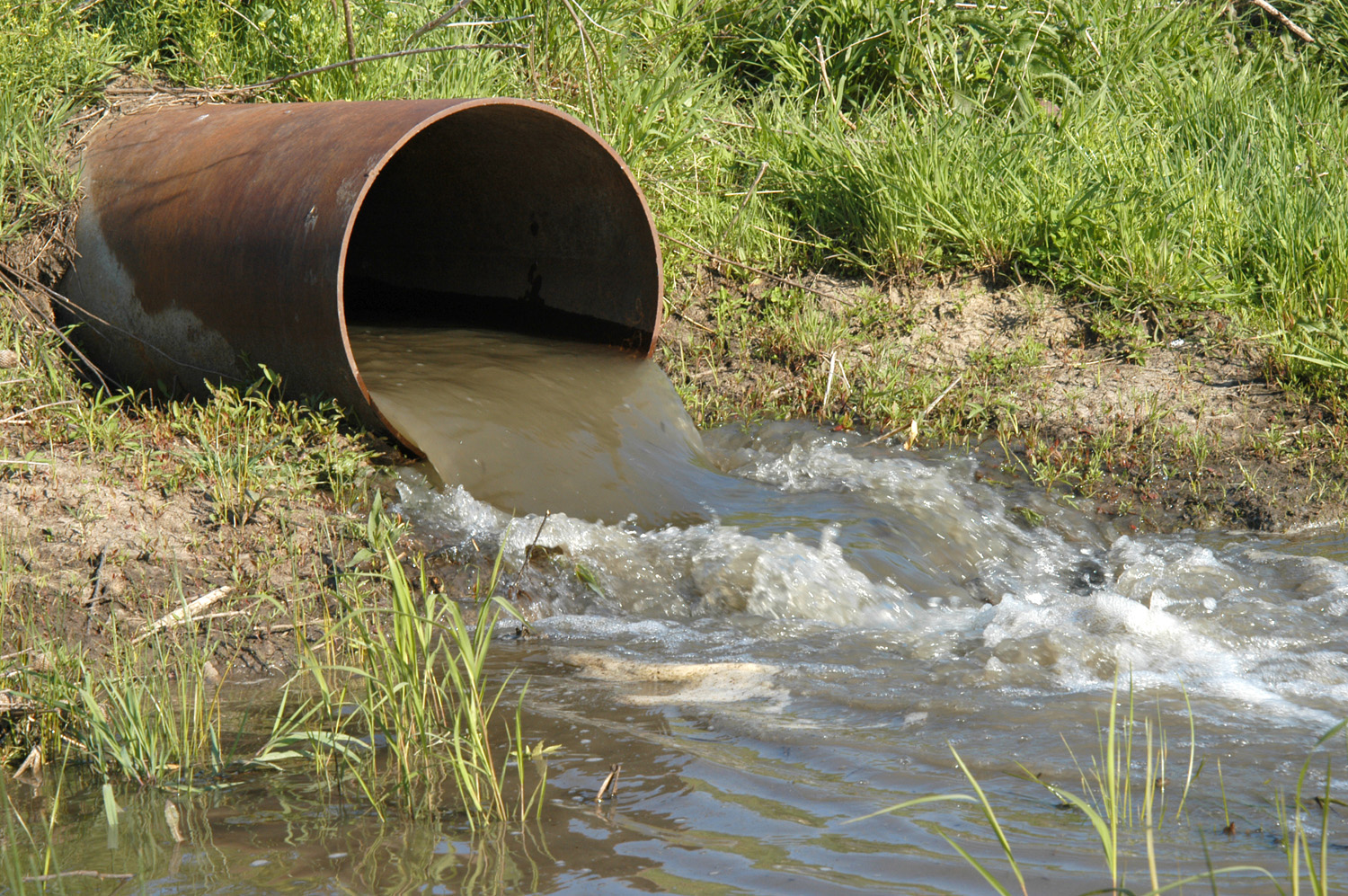|
1990 In The Environment
This is a list of notable events relating to the environment in 1990. They relate to environmental law, conservation, environmentalism and environmental issues. Events *The IPCC First Assessment Report (FAR) of the Intergovernmental Panel on Climate Change was completed. It served as the basis of the United Nations Framework Convention on Climate Change (UNFCCC). *The Global Change Research Act of 1990 is passed in the United States. It is a law requiring research into global warming and related issues. *Project Crimson begins. It is a conservation initiative in New Zealand to promote the protection of the pohutukawa and the rata that are under threat due to browsing by the introduced possum. *The Talloires Declaration, a declaration for sustainability, was created for and by presidents of institutions of higher learning, and pledges that they will be world leaders in developing, creating, supporting and maintaining sustainability. August * US president George H. W. Bush sign ... [...More Info...] [...Related Items...] OR: [Wikipedia] [Google] [Baidu] |
Environment (biophysical)
A biophysical environment is a biotic and abiotic surrounding of an organism or population, and consequently includes the factors that have an influence in their survival, development, and evolution. A biophysical environment can vary in scale from microscopic to global in extent. It can also be subdivided according to its attributes. Examples include the marine environment, the atmospheric environment and the terrestrial environment. The number of biophysical environments is countless, given that each living organism has its own environment. The term ''environment'' can refer to a singular global environment in relation to humanity, or a local biophysical environment, e.g. the UK's Environment Agency. Life-environment interaction All life that has survived must have adapted to the conditions of its environment. Temperature, light, humidity, soil nutrients, etc., all influence the species within an environment. However, life in turn modifies, in various forms, its conditions. ... [...More Info...] [...Related Items...] OR: [Wikipedia] [Google] [Baidu] |
Talloires Declaration
{{Short description, Declaration for sustainability The Talloires Declaration is a declaration for sustainability, created for and by presidents of institutions of higher learning. Jean Mayer, Tufts University president, convened a conference of 22 universities in 1990 in Talloires, France. This document is a declaration that institutions of higher learning will be world leaders in developing, creating, supporting and maintaining sustainability. The registrar for the declaration is the Washington, DC-based organisatioUniversity Leaders for a Sustainable Future(ULSF). As of 1 February 2017, 502 college and university presidents havsigned the declaration These span 55 countries on five continents, with 170 in the United States alone. Original signatories *Jean Mayer, President and Conference convener, Tufts University, United States *Professor Julian Crampton, Vice-Chancellor, University of Brighton, United Kingdom * Michele Gendreau-Massaloux, Rector, l' Academie de Paris, France ... [...More Info...] [...Related Items...] OR: [Wikipedia] [Google] [Baidu] |
Human Impact On The Environment
Human impact on the environment (or anthropogenic impact) refers to changes to biophysical environments and to ecosystems, biodiversity, and natural resources caused directly or indirectly by humans. Modifying the environment to fit the needs of society is causing severe effects including global warming, environmental degradation (such as ocean acidification), mass extinction and biodiversity loss, ecological crisis, and ecological collapse. Some human activities that cause damage (either directly or indirectly) to the environment on a global scale include population growth, overconsumption, overexploitation, pollution, and deforestation. Some of the problems, including global warming and biodiversity loss, have been proposed as representing catastrophic risks to the survival of the human species. The term ''anthropogenic'' designates an effect or object resulting from human activity. The term was first used in the technical sense by Russian geologist Alexey Pavlov, and it w ... [...More Info...] [...Related Items...] OR: [Wikipedia] [Google] [Baidu] |
Clean Air Act Of 1963
The Clean Air Act (CAA) is the United States' primary federal air quality law, intended to reduce and control air pollution nationwide. Initially enacted in 1963 and amended many times since, it is one of the United States' first and most influential modern environmental laws. As with many other major U.S. federal environmental statutes, the Clean Air Act is administered by the U.S. Environmental Protection Agency (EPA), in coordination with state, local, and tribal governments. EPA develops extensive administrative regulations to carry out the law's mandates. The associated regulatory programs are often technical and complex. Among the most important, the National Ambient Air Quality Standards program sets standards for concentrations of certain pollutants in outdoor air; the National Emissions Standards for Hazardous Air Pollutants program sets standards for emissions of particular hazardous pollutants from specific sources. Other programs create requirements for vehicle f ... [...More Info...] [...Related Items...] OR: [Wikipedia] [Google] [Baidu] |
Environmental Protection Act 1990
The Environmental Protection Act 1990 ( initialism: EPA) is an Act of the Parliament of the United Kingdom that defines, within England and Wales and Scotland, the fundamental structure and authority for waste management and control of emissions into the environment. Overview Part 1: establishes a general regime by which the Secretary of State, the Secretary of State for Environment, Food and Rural Affairs, can prescribe any process or substance and set limits on it respective of its emissions into the environment. Authorisation and enforcement was originally in the hands of HM Inspectorate of Pollution and local authorities but in 1996 became the responsibility of the Environment Agency (EA) and Scottish Environment Protection Agency (SEPA). Operation of a prescribed process is prohibited without approval and there are criminal sanctions against offenders. Part 2: sets out a regime for regulation, regulating and licensing the acceptable disposal of controlled waste on la ... [...More Info...] [...Related Items...] OR: [Wikipedia] [Google] [Baidu] |
Oil Pollution Act Of 1990
The Oil Pollution Act of 1990 (OPA) (101 H.R.1465, P.L. 101-380) was passed by the 101st United States Congress and signed by President George H. W. Bush. It works to avoid oil spills from vessels and facilities by enforcing removal of spilled oil and assigning liability for the cost of cleanup and damage; requires specific operating procedures; defines responsible parties and financial liability; implements processes for measuring damages; specifies damages for which violators are liable; and establishes a fund for damages, cleanup, and removal costs. This statute has resulted in instrumental changes in the oil production, transportation, and distribution industries. History/Background Laws governing oil spills in the United States began in 1851 with the Limitation of Liability Act. This statue, in an attempt to protect the shipping industry, stated that vessel owners were liable for incident-related costs up to the post-incident value of their vessel. The shortcomings of this ... [...More Info...] [...Related Items...] OR: [Wikipedia] [Google] [Baidu] |
George H
George may refer to: People * George (given name) * George (surname) * George (singer), American-Canadian singer George Nozuka, known by the mononym George * George Washington, First President of the United States * George W. Bush, 43rd President of the United States * George H. W. Bush, 41st President of the United States * George V, King of Great Britain, Ireland, the British Dominions and Emperor of India from 1910-1936 * George VI, King of Great Britain, Ireland, the British Dominions and Emperor of India from 1936-1952 * Prince George of Wales * George Papagheorghe also known as Jorge / GEØRGE * George, stage name of Giorgio Moroder * George Harrison, an English musician and singer-songwriter Places South Africa * George, Western Cape ** George Airport United States * George, Iowa * George, Missouri * George, Washington * George County, Mississippi * George Air Force Base, a former U.S. Air Force base located in California Characters * George (Peppa Pig), a 2-year-old ... [...More Info...] [...Related Items...] OR: [Wikipedia] [Google] [Baidu] |
Pohutukawa
''Metrosideros excelsa'', commonly known as pōhutukawa ( mi, pōhutukawa), New Zealand Christmas tree, New Zealand Christmas bush, and iron tree, is a coastal evergreen tree in the myrtle family, Myrtaceae, that produces a brilliant display of red (or occasionally orange, yellow or white) flowers, each consisting of a mass of stamens. The pōhutukawa is one of twelve ''Metrosideros'' species endemic to New Zealand. Renowned for its vibrant colour and its ability to survive even perched on rocky, precarious cliffs, it has found an important place in New Zealand culture for its strength and beauty, and is regarded as a chiefly tree (') by Māori. Etymology The generic name ''Metrosideros'' derives from the Ancient Greek ' or "heartwood" and ' or "iron". The species name ''excelsa'' is from Latin ', "highest, sublime". ' is a Māori word. Its closest equivalent in other Polynesian languages is the Cook Island Māori word ', referring to a coastal shrub with white berries, ''Soph ... [...More Info...] [...Related Items...] OR: [Wikipedia] [Google] [Baidu] |
Environmental Law
Environmental law is a collective term encompassing aspects of the law that provide protection to the environment. A related but distinct set of regulatory regimes, now strongly influenced by environmental legal principles, focus on the management of specific natural resources, such as forests, minerals, or fisheries. Other areas, such as environmental impact assessment, may not fit neatly into either category, but are nonetheless important components of environmental law. History Early examples of legal enactments designed to consciously preserve the environment, for its own sake or human enjoyment, are found throughout history. In the common law, the primary protection was found in the law of nuisance, but this only allowed for private actions for damages or injunctions if there was harm to land. Thus, smells emanating from pigsties, strict liability against dumping rubbish, or damage from exploding dams. Private enforcement, however, was limited and found to be woefully in ... [...More Info...] [...Related Items...] OR: [Wikipedia] [Google] [Baidu] |
Project Crimson
__NOTOC__ Project Crimson is a conservation initiative to promote the protection of the metrosideros excelsa, pōhutukawa and the Metrosideros, rātā which are under threat due to browsing by the introduced common brushtail possum. The vision of the project is to "enable pōhutukawa and rātā to flourish again in their natural habitat as icons in the hearts and minds of all New Zealanders." History The initiative for Project Crimson grew out of a Forest Research Institute investigation (1989) into the health of pōhutukawa (Metrosideros excelsa). Scientists discovered that more than 90% of coastal pōhutukawa stands had been eliminated. The tree had entirely disappeared in many areas along the west coast of Northland. Disturbed by these findings, staff from Northland Department of Conservation (New Zealand), Department of Conservation and New Zealand Forest Products now Carter Holt Harvey) came up with the idea of creating a community-based project to help pōhutukawa. In 1990 ... [...More Info...] [...Related Items...] OR: [Wikipedia] [Google] [Baidu] |
Global Change Research Act Of 1990
The Global Change Research Act 1990 is a United States law requiring research into global warming and related issues. It requires a report to Congress every four years on the environmental, economic, health and safety consequences of climate change. According to a summary by the Congressional Research Service, the Act: Following the publication of the first National Climate Assessment Report there were accusations that information was being suppressed, leading to complacency around public works, such as New Orleans flood defences. Greenpeace, the Center for Biological Diversity and Friends of the Earth challenged the delay in federal district court on August 21, 2007. A judge ruled that an updated national assessment must be produced by May 31, 2008. See also * Committee on Climate Change Science and Technology Integration * National Climate Assessment The National Climate Assessment (NCA) is a United States government interagency ongoing effort on climate change science condu ... [...More Info...] [...Related Items...] OR: [Wikipedia] [Google] [Baidu] |





